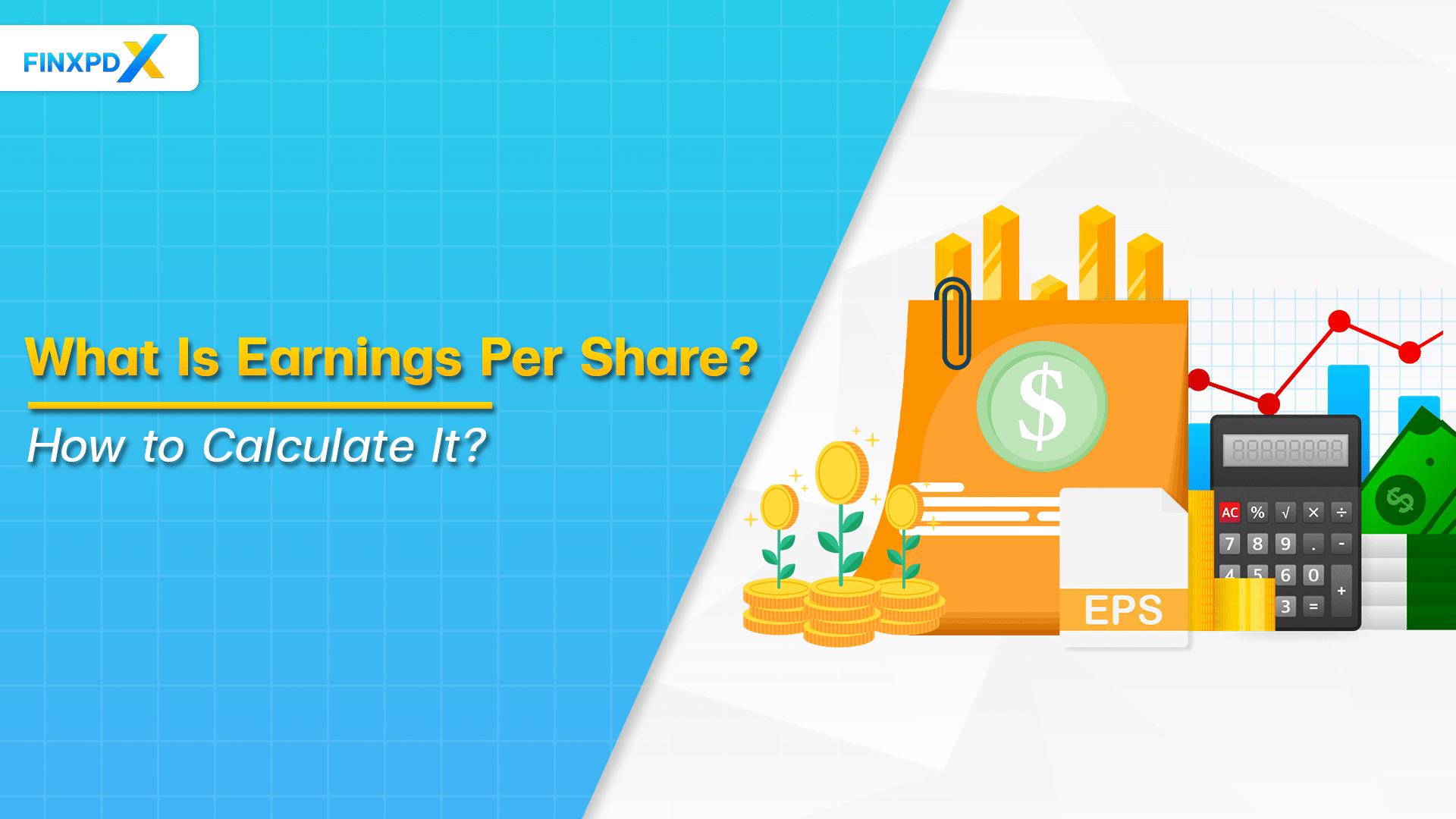If you’re looking to invest outside mutual funds and ETFs, individual stocks are an option. Before investing, it is important to review the company’s Securities and Exchange Commission reports, including earnings per share (EPS), which help you make informed decisions. This article provides you with information about what earnings per share is, what constitutes a good earnings per share ratio, and the formula.
What Is Earnings Per Share (EPS)?
In simpler terms, earnings per share is calculated by taking the net income of a company and dividing it by the total number of its available common stock shares. It serves as an indicator of the company’s financial health.
However, businesses will show an adjusted EPS to account for one-time events or potential share dilution. When the company has higher EPS, it means that they receive great profit.
Key Takeaways
- Earnings per share (EPS) is a fundamental metric in evaluating a company’s profitability.
- There are three main types of EPS—trailing, current, and forward.
- Calculating EPS involves a specific formula that considers net income and the average number of outstanding shares.
3 Types of Earnings Per Share (EPS)
There are three main types of EPS as below:
1. Trailing EPS
Trailing type is calculated based on the earnings from the last four quarters, making it a reliable figure based on real data. Most price-to-earnings (P/E) ratios use this type because it is based on actual results. However, some investors view this type as outdated and also look at current and future EPS numbers.
2. Current EPS
Current type is calculated based on data from the entire current year. This includes data from past quarters and the upcoming ones.
3. Forward EPS
Forward type is calculated based on earnings forecasts for the next year, which could be from the company or experts. Investors often weigh these predictions against real one from the latest quarter to influence stock prices.
How to Calculate Earnings Per Share (EPS)
Earnings Per Share is calculated by distributing a company’s net income after it pays all bills and costs, and it is the sum available to shareholders.
The Formula for Calculating Earnings Per Share
The formula uses an average number of shares because the exact number can change during the year. Companies might buy or sell shares, so the average helps us get a clearer idea of how much money each share makes.
EPS = NI – PD / AOCS
** NI = Net Income
PD = Preferred Dividends
AOCS = Average Outstanding Common Shares
Limitations of Earnings Per Share (EPS)
When using EPS for investments, you should consider more about their advantages and disadvantages. A company can make it look better by buying back its own shares, which lowers the share count but keeps the profit the same.
Moreover, it can change if a company changes how it reports its numbers. Remember that it doesn’t tell you if a stock is too expensive or a good deal.
⚠️Tip: However, it’s important to check out other financial methods before making any investment decisions; do not rely only on EPS.
Conclusion
Earnings Per Share (EPS) is an important financial metric that evaluates a company’s profitability. With variations like trailing, current, and forward types, it offers a multi-faceted view of financial health. However, it’s not an independent indicator. Companies can apply it through tactics like share repurchase or altered reporting methods. Thus, it is valuable, it should be considered as a part of a broader investment evaluation strategy.
FAQs
Earnings per Share (EPS) is a financial method that shows the portion of a company’s profit allocated to each share of stock.
It varies by industry and company size, but a higher EPS generally indicates greater profitability.
No, it is a measure of profitability, while stock price reflects market valuation and is influenced by various factors, including itself.
No, it is an indicator of profitability, whereas dividends are the actual payouts made to shareholders.
A high EPS is generally considered better as it indicates strong profitability, but context is essential for interpretation.
Related Articles:
- FinTech Stocks: How to Invest and What to Consider?
- YOY(Year-Over-Year): An Important Method for Investors
- Stock Split: Advantages and Risks You Should Know
- What Is After-Hours Trading? Learn How It Works
Read more: Stocks








